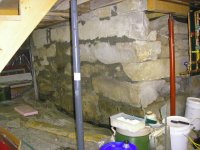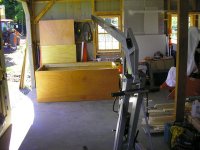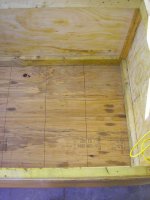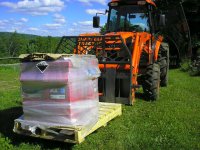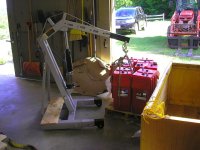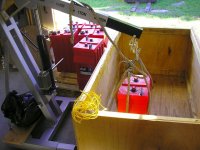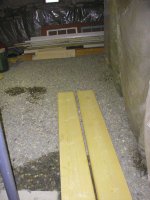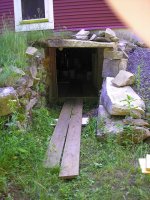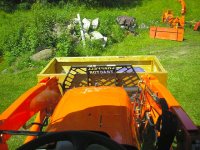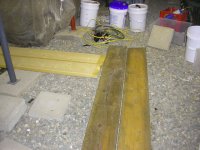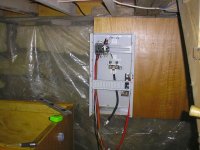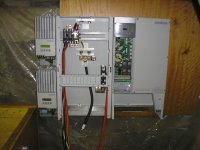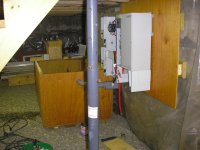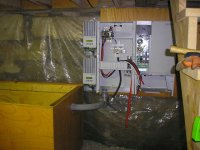hayden
Veteran Member
- Joined
- Sep 23, 2000
- Messages
- 2,328
- Location
- VT
- Tractor
- Kubota L5740 cab + FEL, KX121, KX080, Deere 6120M
varmint said:About the only thing I can add is this: your diesel generator can provide a good source of heat as well as electricity
Funny you should mention that - I've been thinking about ways to accomplish just what you describe. My shop/garage is split into two parts. You guessed it, one part is a shop and the other part is garage space. The garage part is uninsulated and unheated, and the shop will be both insulated and heated. The gen set will be in the garage part but will be backed up against the wall dividing the two spaces. The default will be for intake air (combustion and cooling) to be drawn from the open garage space and exhaused through a duct to the outside. The duct will carry only cooling air - the exhaust will go straight outside through some sort of insulated piping.
The options I'm considering involve automatic duct controls that will be controlled by a thermostate in the space to be heated. The options when heat is called for are:
1) Draw intake air from the shop and exhaust waste heat to the shop. This will provide max heating in the shop since it's heating the warm air already in the shop. The down side is that I need to have duct controls on both the intake and exhaust side. There also is risk of fume leakage into my work space which would be dangerous. The danger can be mitigated with monoxide detectors, but there's still risk.
2) I could duct only the exhaust air (but not intake) to the shop. This is simpler ducting since it's on the exhaust side only, but it's less effective heating and when the gen set is cold I'd be blowing cold air into the shop, so I'd have to add another control to only open the duct when there is both a call for heat and the gen set is above some temp.
3) Switch the exhaust duct so it blows into the garage, not the shop. Now my un heated garage would be randomly heated based on gen usage.
Right now I'm leaning towards #1. It's the best solution and isn't a whole lot more work, but I probably won't actually do it until later - I'll just arrange the ducting to the exterior so it can be enhanced later when I have more of an appetite for yet another project.
Actually, as I think about #2 is DOA since exhausting into the shop without also drawing from the shop will pressurize the shop. I'd end up pushing all the hot air out of the space. Bad idea. Strike that option.
